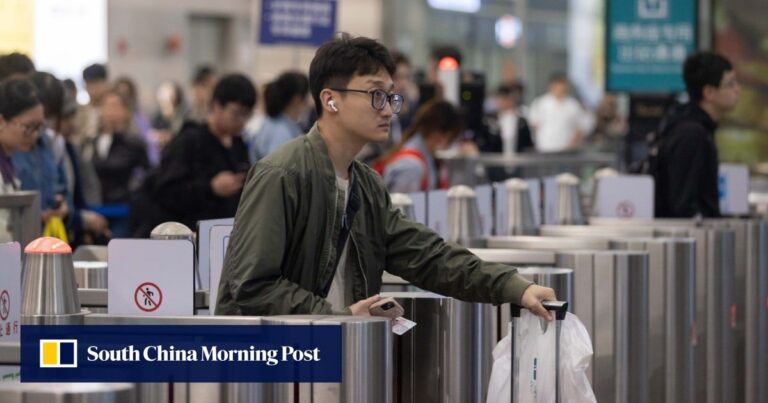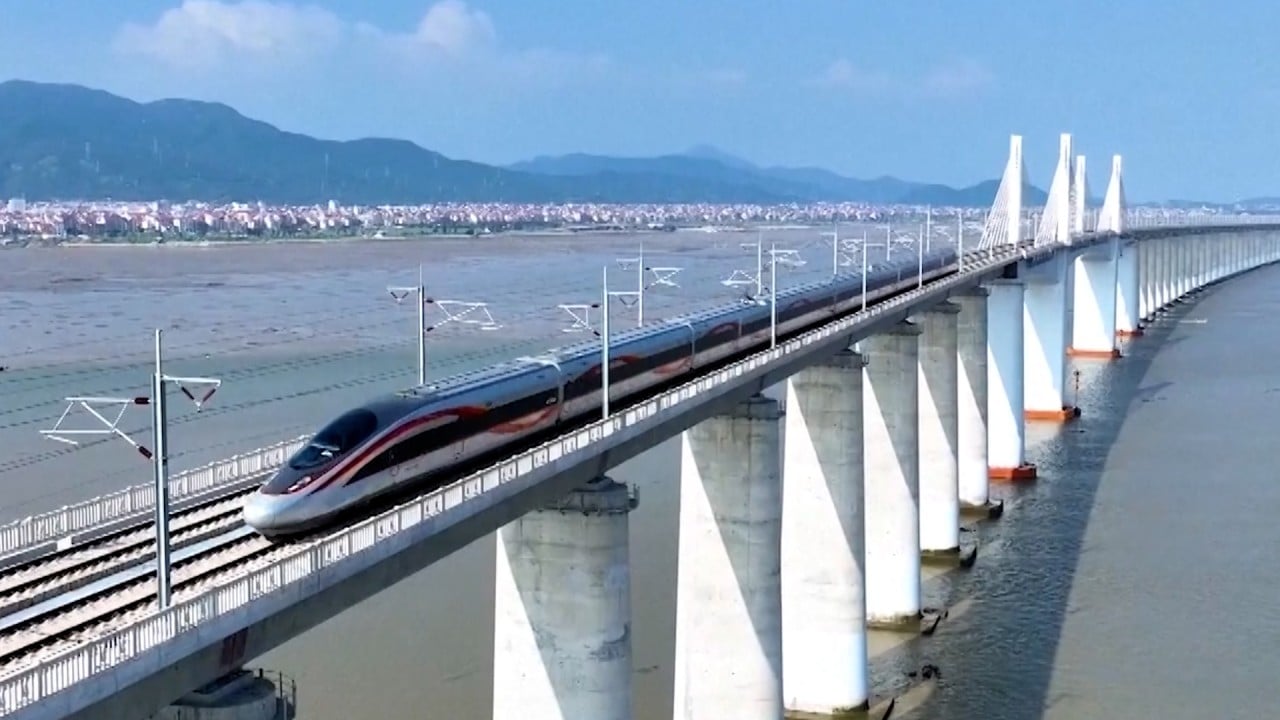Meanwhile, China’s producer price index (an index that measures the cost of goods at the time of factory shipment) fell by 2.5% year-on-year in April, compared to a 2.8% year-on-year decline in March, marking the 19th consecutive month of decline. .
Unlike many Western countries plagued by persistently high inflation, China’s CPI has hovered around zero since April last year, raising fears of deflation.
April’s readings remain well below the government’s control target of 3%, leaving room for authorities to raise prices.
Utility charges in April increased by 0.6% compared to the same month last year, compared to a 0.5% increase in the previous month.
Meanwhile, motor fuel prices rose 6.9% last month compared to the same month last year, up from a 2.2% rise in March.
Medical expenses also increased by 1.9% last month, compared to 1.7% the previous month.
Analysts said the prolonged real estate downturn and mounting debt piles are giving debt-stricken local governments an opportunity to increase the cost of public services.
Last week, China Railway, the state-owned operator of China’s massive high-speed network, announced price hikes of about 20% on four of its main high-speed routes.
The fare increase will go into effect from June 15th and will affect some major routes that are congested, such as between Shanghai and Hangzhou and between Wuhan and Guangzhou.
China Railway last year reported a net profit of 3.3 billion yuan (US$457 million) after a long period of heavy losses due to the coronavirus.
According to the annual report released at the end of April, operating revenue in 2023 increased by 10.6% to 1.25 trillion yuan, and total debt increased from 6.11 trillion yuan to 6.13 trillion yuan.
Guangzhou, the capital of southern China’s Guangdong province, held a public hearing on Thursday on raising the price of tap water, calling for it to “compensate the costs of urban water companies” after prices have remained unchanged since 2012. I mentioned gender.
The city government has announced two plans to upgrade the tiered pricing mechanism, both of which would increase prices by 24% or 30% from the current price of 1.98 yuan (27 US cents) per cubic meter for most households. Suggests.
According to the city government, the price increase is expected to increase water sales revenue by about 1.175 billion yuan annually.
The government is trying to counter the risk of deflation as the housing market slump continues, leading to low consumer prices.
Peng Peng, executive chairman of the Guangdong Provincial Reform Association, said: “The cost of public services is rising while the government’s main sources of public spending, land sales and tax revenues, are facing a long period of negative growth. This is a necessary measure.”
“The government is trying to counter the risk of deflation by aggressively raising prices for public services, as the prolonged slump in the housing market has led to low consumer prices.”
The planned price hikes in several cities follow a tiered pricing structure based on resident usage.
Peng added that price increases will put less pressure on low-income groups, given that they consume less water, gas and electricity.
“Rising prices are easing debt pressure on local governments. As market confidence gradually increases and deflation eases, the rise in the CPI indicates that prices for public services are expected to continue rising. “It means,” Peng said.
Tianfeng Securities announced last week that the average gasoline price in 36 Chinese cities rose 6% last year.
If China’s average water, electricity and gas prices rise by 4-8% this year, China’s CPI could be pushed up by 0.2-0.4%, the report added.


